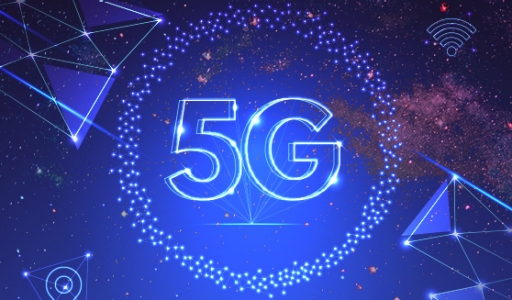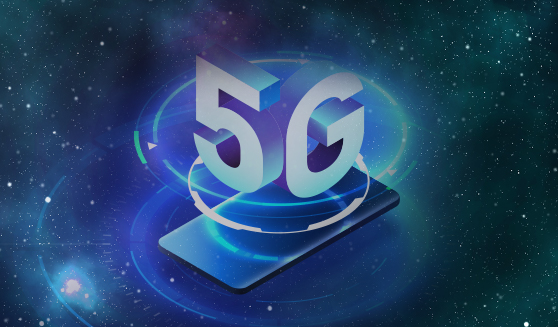
Groundbreaking innovations are helping the world build partnerships and launch Industry 4.0 on the backbone of 5G.
Industry 4.0 and 5G are groundbreaking innovations. They are game changers—not only playing by all new rules but also creating all new competitors. Are they ready for prime time? Many are. Yet a sliver of doubt crept in when 5G threatened to disrupt airplane flight navigation systems. Once that resolves, 5G is ready for take-off.
A handful of companies are already leading the way toward Industry 4.0, delivering digital industry transformations with 5G as their main vehicle. A typical 5G smart factory monitors energy, augmented reality, factory environment, machine learning, and tracks materials digitally. Ericsson’s US-based 5G smart factory is experiencing 65% improvements in material handling and 15% more efficiencies than their Wi Fi counterparts.
Abdulaziz Albarrak, Head of Business Development at Ericsson, says the company adopted a digital twin strategy to optimize its processes. “With a lot of sensors on the shop floor, we turned the physical environment into a digital tool. We increased capacity by 25% while cutting unplanned downtime by half and material errors by 30%.”
Saud Alsheraihi, VP of Product and Solutions for STC Group, expects 5G to continue running faster today and to grow 27% larger by 2030. “As a technology powerhouse, our focus is on delivering value—the kind that technology provides.”
Slow to launch
Speed is paramount in the era of massive ultra-reliable machine types and low-latency communications. So are response times as sensors connect robots, UAVs, and drones. For years, we heard about the promises of 5G. But as many of the promises never materialized, the 5G enterprise market was slow to launch. One reason for the slowdown was ecosystem availability. “Our objective is to create an ecosystem of multiple stakeholders, including manufacturers, OEMs, and partners that have the flexibility to meet the important targets. That’s how we win,” adds Alsheraihi.
Companies soon learned that 5G success is contingent on building partnerships and being flexible enough, or patient enough, to reach planned objectives in phases.
Indeed, many companies decided there is no reason to work alone. Not when it is possible to partner with the greats in industry and academia that offer best-of-breed investments. “It’s important not to stay in one’s own bubble,” adds Dr. Mohamed-Slim Alouin, professor, KAUST University. “Working alone to develop products and services based on models and then simply publishing papers is not a success strategy.”
The story of 6G
Today, more companies are building ecosystems with local players, international leaders, and “hyperscalers.”[1] They are collaborating, developing relationships and, in the process, unleashing the true potential of 5G.
Collaboration will become even more important as the world takes its next leap in mobile communications to 6G. 6G is expected to begin gaining real strength around 2030, as extended reality (XR) and digital twins enter the industry lexicon. XR introduces feel, touch, smell, and taste, while digital twins are virtual representations of physical objects, a concept made famous in 2010 by NASA’s physical simulation of spacecraft.
Many companies are deploying 5G worldwide while simultaneously working toward 6G—connecting the unconnected and “hyperconnecting” the connected. Unfortunately, the idea of connecting the unconnected has been on fewer business agendas over the years. About half of all rural and low-income populations are either unconnected or underconnected, which means connectivity must be available at the right speed and the right price. “Ideally, 6G will align with basic sustainability development goals to connect more people,” adds Dr. Alouin. “And, when technology is in place to connect the unconnected, it will also prove resilient.”
Prepare for take-off
Industry 4.0 is poised not only to change the game but also the players, the rules, and the competition. How are industries reacting? True competitors have already made a strategic decision to not be a market follower and to not be left behind. They plan to be at the forefront of this and every digital industry transformation. They are ready for take-off.
[1] Hyperscaler stems from hyperscale computing, which is an agile method of processing data.






